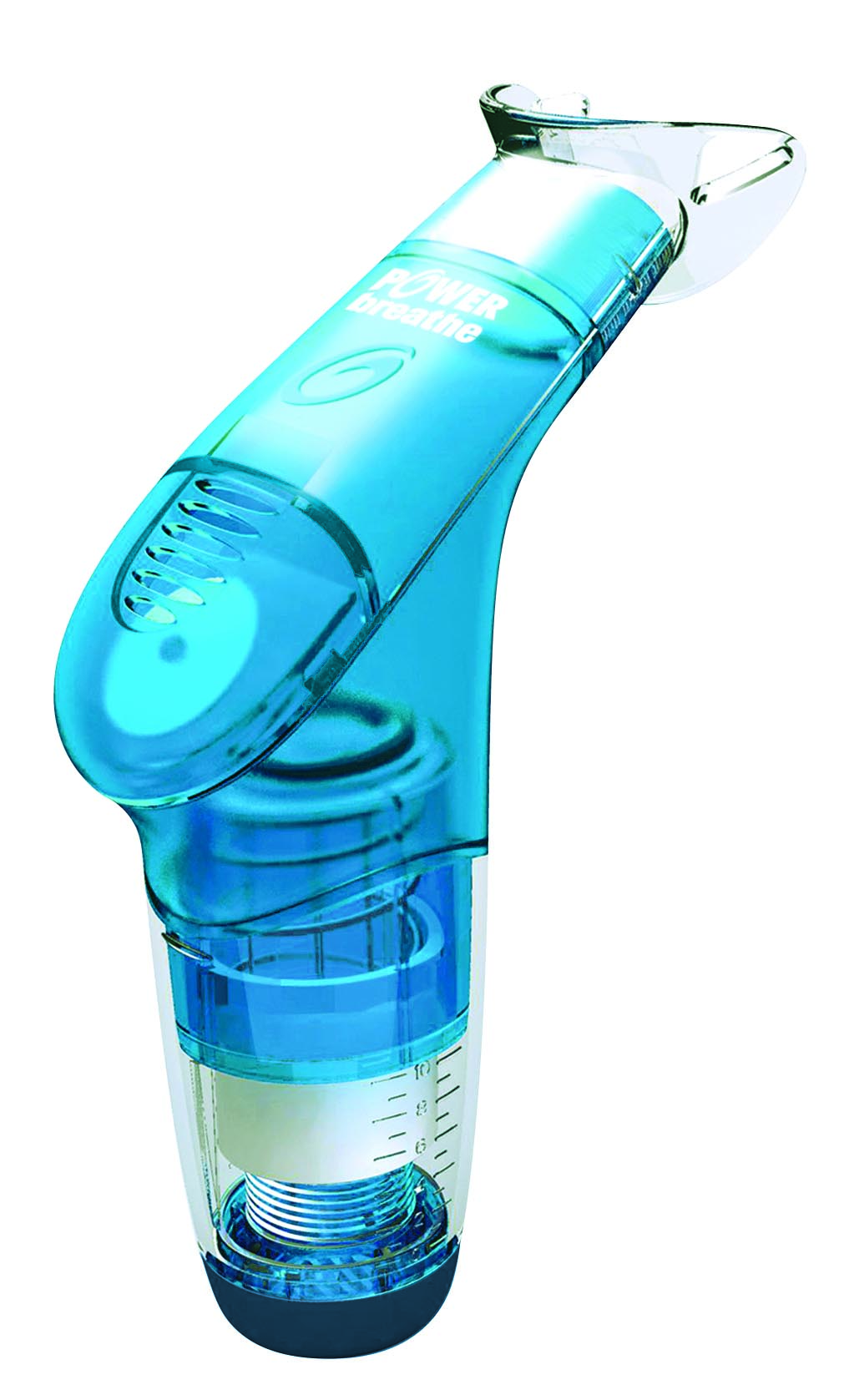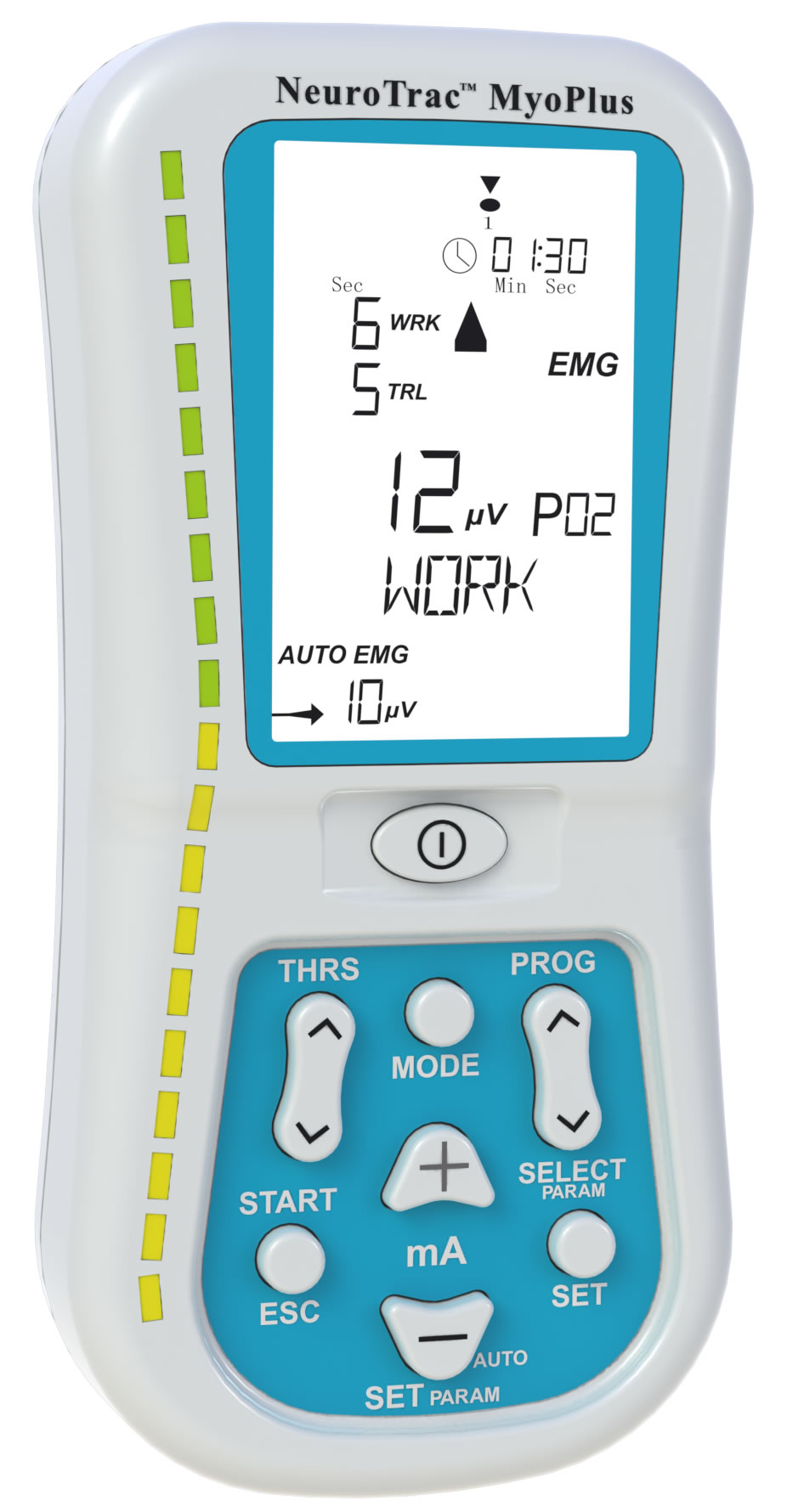Resistance exercise training involves exerting muscular force to move a body segment or an external resistance, such as a weight or resistance band. This is the best form of exercise for increasing skeletal muscle mass and strength. Resistance exercise training complements aerobic training in augmenting exercise capacity and may play an important role in improving body composition (including decreased fat mass), vascular endothelial function and cardiac autonomic regulation. It also improves the performance of routine daily living activities requiring muscular strength and endurance, such as carrying groceries, gardening and cleaning, and therefore has beneficial effects on self-efficacy and health-related quality of life.
A loss of skeletal muscle mass, strength and function (collectively defined as sarcopenia) is common in individuals with cardiac conditions, especially the elderly and those with more advanced disease and frailty. Sarcopenia is associated with a reduced quality of life and is an independent predictor of cardiovascular mortality. The pathophysiology of skeletal muscle abnormalities in cardiovascular disease, such as coronary artery disease and heart failure, is complex and multifaceted and includes chronic low-grade systemic inflammation, endocrine abnormalities, mitochondrial dysfunction and oxidative stress. This is further compounded by disuse muscle atrophy due to physical inactivity and an abnormal exercise pressor response and neurocirculatory control. In light of this, resistance training is now an important focus of standard care for cardiac and heart failure rehabilitation programs.
Historically, concerns about abrupt increases in blood pressure, heart rate and cardiac output, limited the inclusion of resistance exercise in cardiac rehabilitation programs. However, this response can be mitigated by taking into account influencing factors such as the magnitude of the isometric contraction, amount of muscle mass involved, number of repetitions and/or duration of loading and length of rest periods between sets. Moreover, it has been demonstrated that the haemodynamic responses during low to moderate intensity resistance exercise (40-60% one-repetition maximum, 15-20 reps) is comparable to moderate intensity aerobic exercise.
Availability of equipment will often guide resistance exercise prescription.
Equipment may include:
- Body weight/body segments
- Free weights
- Resistance machines
- Isokinetic machines
- Resistance bands
The minimum frequency to improve strength is a single set performed twice a week. As training progresses, patients may need to train more frequently and increase the number of repetitions and sets. Resistance exercise should be combined with an aerobic exercise program, so it is important to ensure the time required to undertake all of the exercises is consistent with the patient’s level of commitment and health status.
When prescribing resistance exercise, the following are recommended:
- Initiate resistance training under direct supervision with close monitoring
- Initiate resistance loads conservatively and ensure good technique to avoid injury
- Commence untrained or higher-risk patients with 1-2 weeks of aerobic training prior to commencing resistance training
- Encourage appropriate breathing techniques to avoid Valsalva manoeuvre
- Aim initially for 12-25 reps at low intensity (RPE 12-13) to increase muscle endurance before progressing the intensity
- When the patient is confident, progress to higher intensities (RPE < 15) at 8-15 reps, emphasising increased muscle mass
- Ensure mostly dynamic muscle action rather than isometric exercises
- Include 8-10 exercises to engage major functional muscle groups of the upper and lower body
- For patients with advanced CVD, prescribe exercises that involve single joints and are isolated to a smaller muscle mass
TIP: A comprehensive exercise program should incorporate both aerobic and resistance exercise. Including both exercise modalities can result in superior clinical outcomes such as muscle strength, exercise capacity and quality of life.
 Pathophysiology
Pathophysiology
 Treatment & Management
Treatment & Management
 Exercise
Exercise
 Medications
Medications
 Psychosocial Issues
Psychosocial Issues
 Patient Education
Patient Education
 Behaviour Change
Behaviour Change
 Clinical Indicators
Clinical Indicators
 Pathophysiology
Pathophysiology
 Treatment & Management
Treatment & Management
 Exercise
Exercise
 Medications
Medications
 Psychosocial Issues
Psychosocial Issues
 Patient Education
Patient Education
 Behaviour Change
Behaviour Change
 Clinical Indicators
Clinical Indicators
 Pathophysiology
Pathophysiology
 Treatment & Management
Treatment & Management
 Exercise
Exercise
 Medications
Medications
 Psychosocial Issues
Psychosocial Issues
 Patient Education
Patient Education
 Behaviour Change
Behaviour Change
 Clinical Indicators
Clinical Indicators



